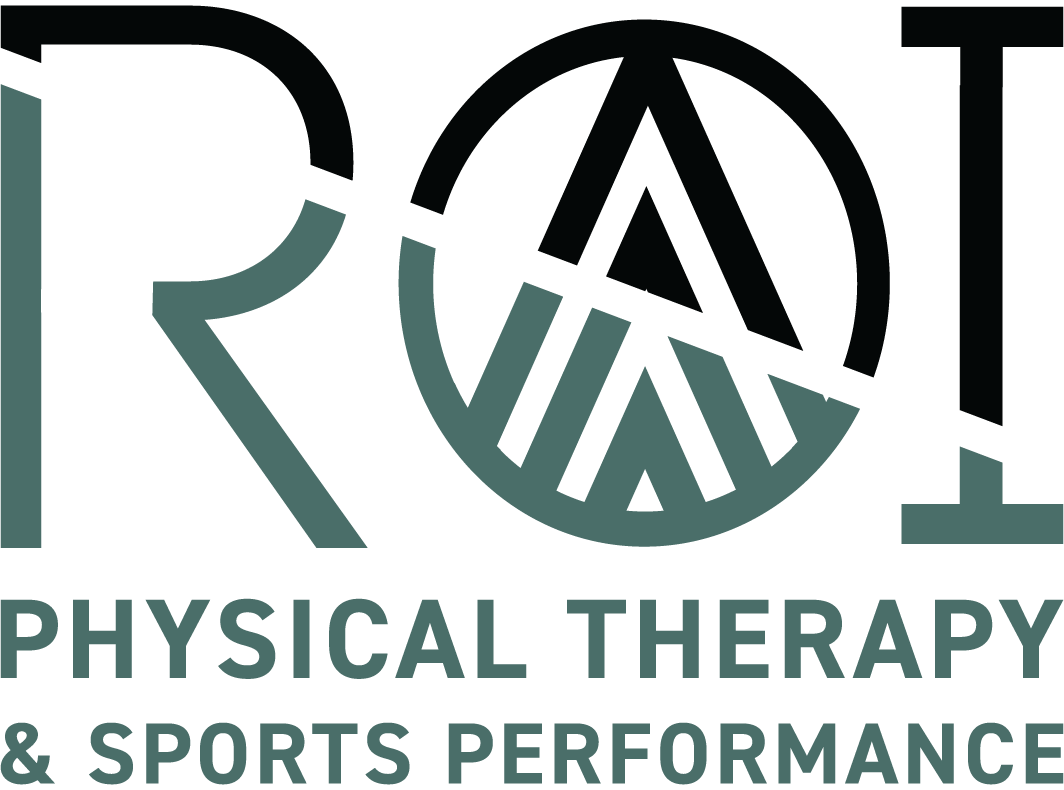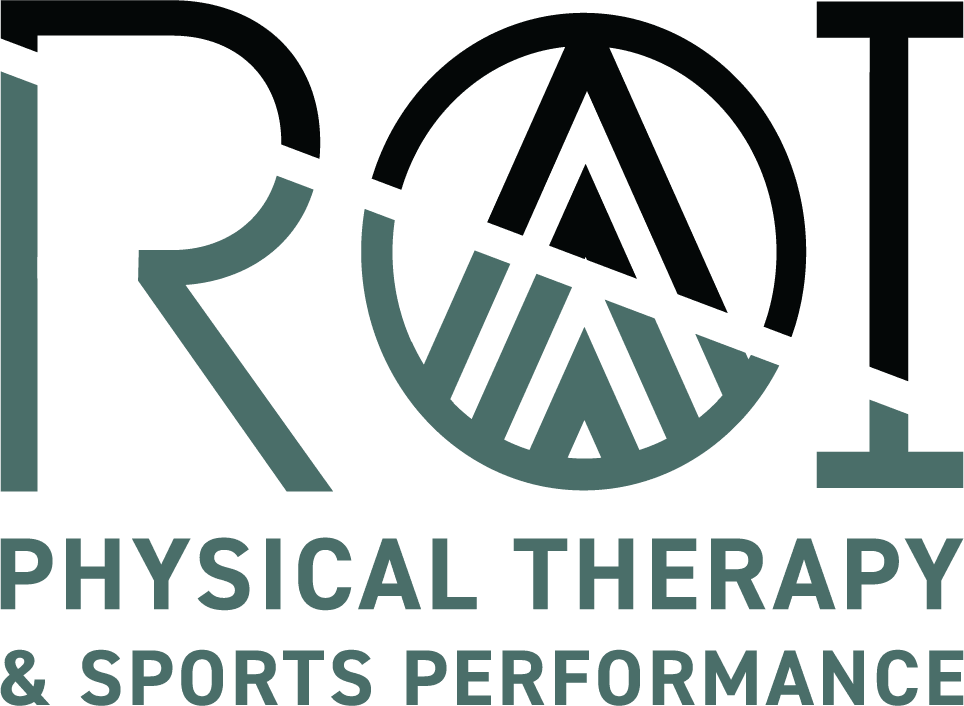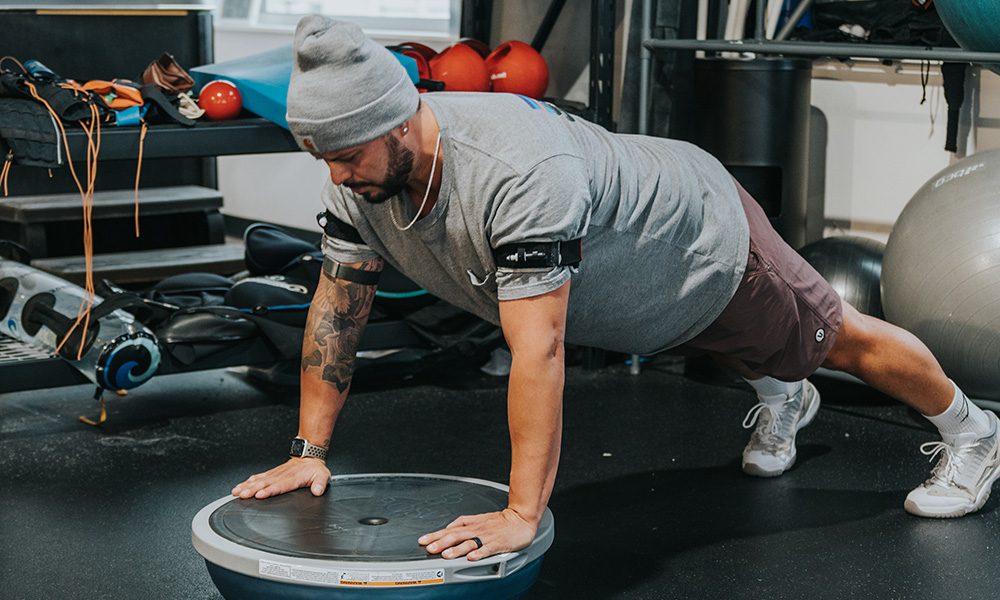Blood flow restriction training (BFR) is a modality that temporarily occludes venous and arterial blood flow to stimulate a hormonal cascade within the body.. In recent years, BFR has become quite popular in weight rooms and gyms all over the world. One benefit of this training is that it allows athletes to exercise at a lower intensity, while still getting the results of high-intensity workouts. While BFR is often used for high-performance athlete workouts, it can also be used in physical therapy to help people with issues such as diabetes, osteoarthritis, neuropathy, and surgery recovery. It can be hard to recover full muscle strength after surgery, and sometimes, traditional physical therapy methods don’t provide all of the healing benefits that a patient wants. Read on to learn more about what every athlete should know about BFR Training:
What is BFR? BFR is a physical therapy technique. It decreases blood flow to working muscles. Bands or cuffs are placed on part of the upper or lower extremities during exercises. When BFR is combined with low intensity exercise, it can help produce rapid hypertrophy and strength gains.
How does BFR work? BFR works during exercise when arterial inflow is disrupted, and venous outflow is occluded. A compression device that is similar to a blood pressure cuff is used to isolate the flow of blood around a certain muscle group. Because of a drop in pH and oxygen, BFR disturbs homeostasis in the muscles. The shift of blood flow, combined with low-intensity exercise can cause the body to develop muscles in the same way that heavy weight activity does.
What are additional benefits of BFR? BFR supports endurance and improved muscle strength and size in a gentler way than heavy load weightlifting. This method aims to avoid doing too much damage to soft tissues surrounding the area of focus. Those who train with BFR can also experience rapid gains with lighter weights, enhanced endurance, easier recovery times, and more efficient workouts.
Do you need to warm up for a BFR session? Typically, a BFR set is similar to the intensity of a warm up. A few minutes of walking or light cycling exercise before BFR should suffice for a warm up. A trainer can help recommend specific warm up or cool down exercises in conjunction with BFR training.
Is BFR safe? BFR is a kind of training that should be performed properly, with adequate, experienced supervision and the right equipment. Overall, BFR is tolerated well by most individuals. There are some risks such as fainting or dizziness, but monitoring vital signs and risk factors can help avoid these issues. There are some common side effects such as some bruising or delayed onset muscle soreness, but usually these side effects are short-lived. Because BFR helps to minimize the strain placed on joints, it can be considered safer than heavy weightlifting, especially for post-surgery patients. Team ROI prioritizes safety. ROI is the primary BStrong certified BFR facility in Texas; the whole staff is able to assist clients with safe and effective BFR training.
Who can benefit from BFR? People of all fitness levels can benefit from BFR. For those who want to gain muscle, it can be an effective approach. For patients who might be recuperating from surgeries—like ACL reconstruction, Achilles repair, hip or knee replacements, or rotator cuff repairs—BFR can be really beneficial.
What are barriers to BFR training? It’s important that patients are fully evaluated before beginning work with BFR. There are certain health conditions that might bar you from use such as hypertension, active cancer, pregnancy, or a history of deep vein thrombosis. All of your health concerns should be taken into consideration before starting any workout or physical therapy program.
Consider incorporating blood flow restriction training into your regular workout routine or as part of your rehabilitation journey. While BFR training has so many benefits, it’s an activity that needs the supervision of an expert. Team ROI’s strength and conditioning team can design individualized training programs for clients with the help of physical therapists, dietitians, and exercise physiologists. Training can be done in a group setting or one-on-one. Call Team ROI today at 512-962-9141, or learn more here on our website.


